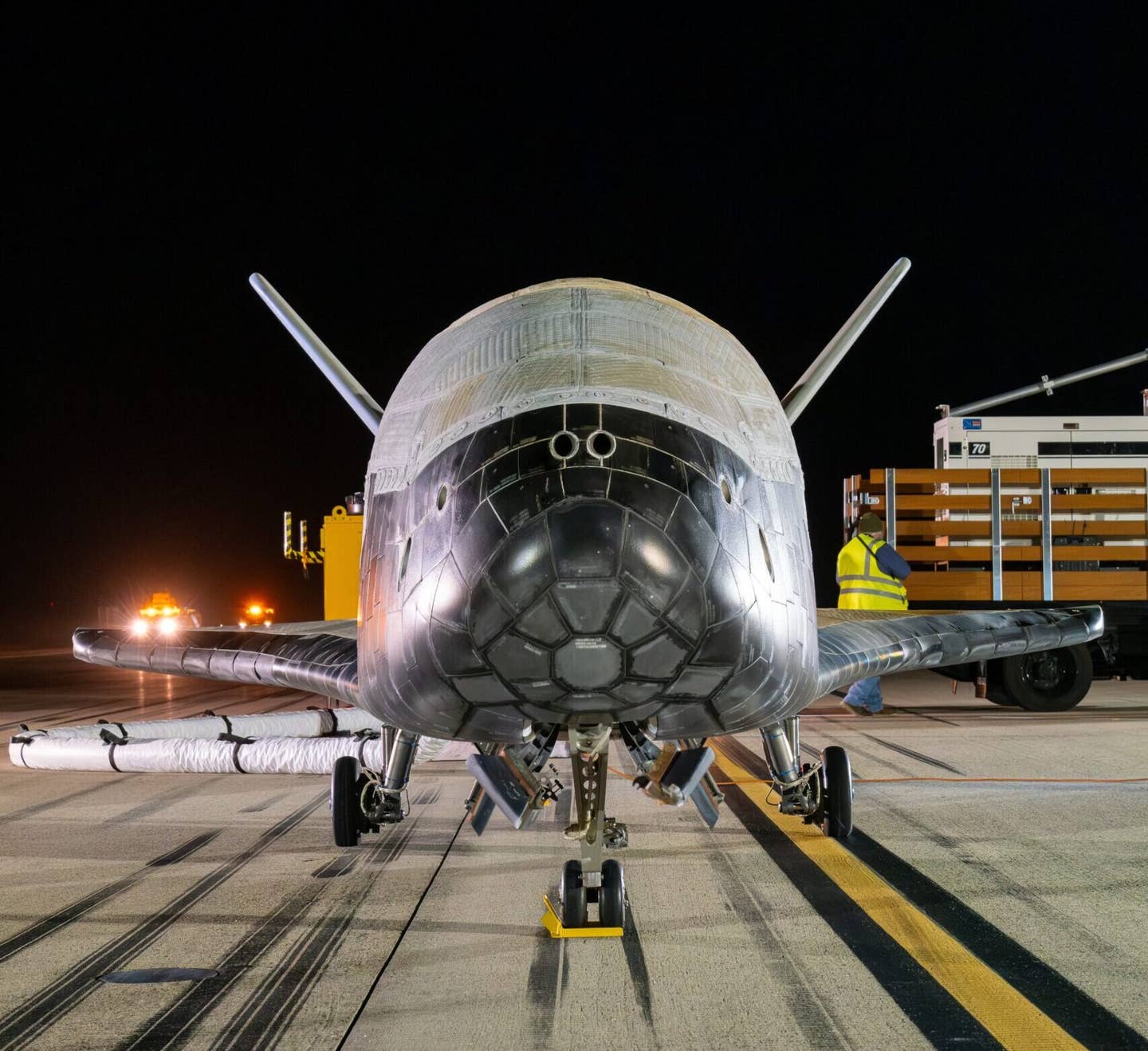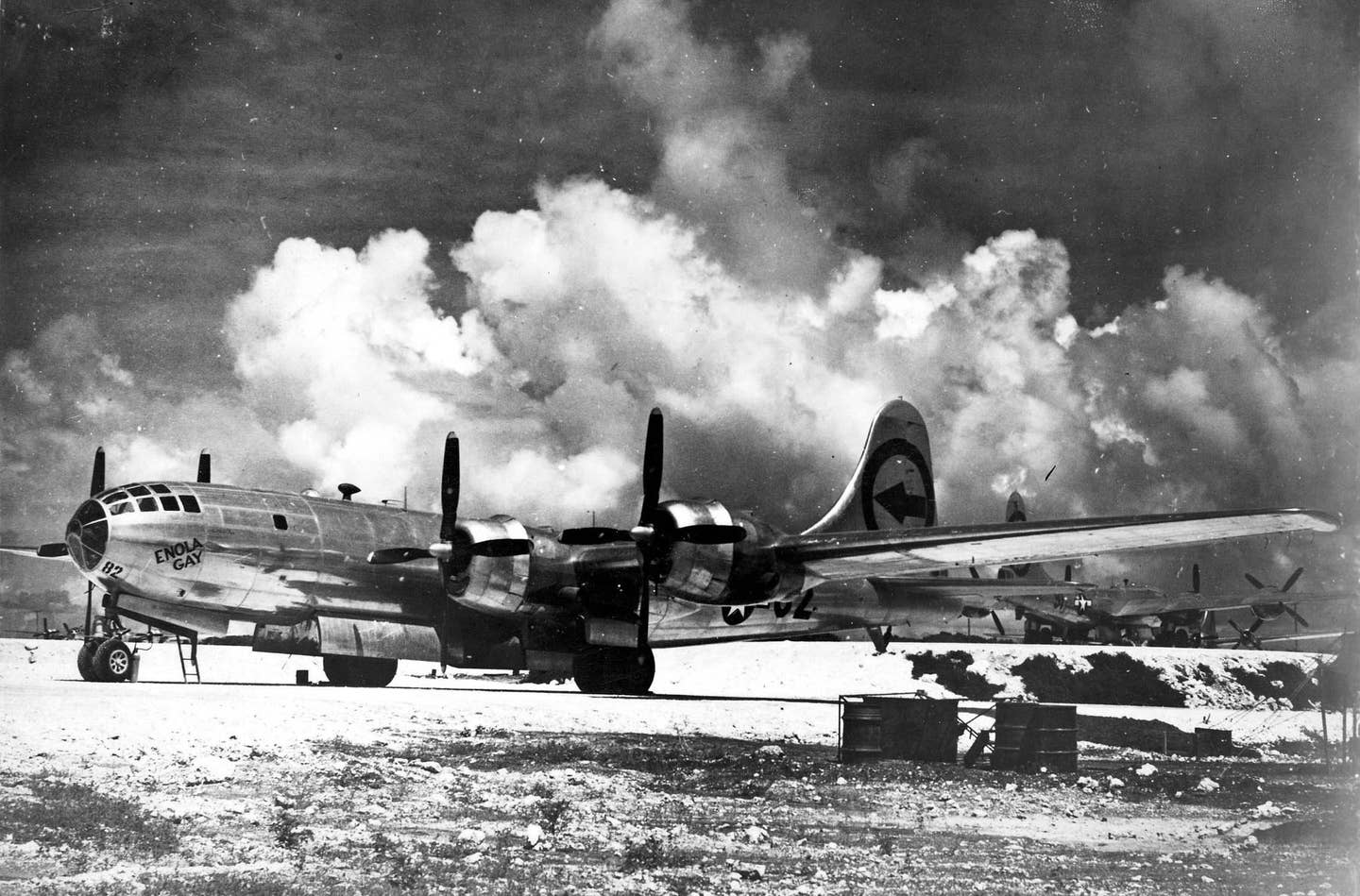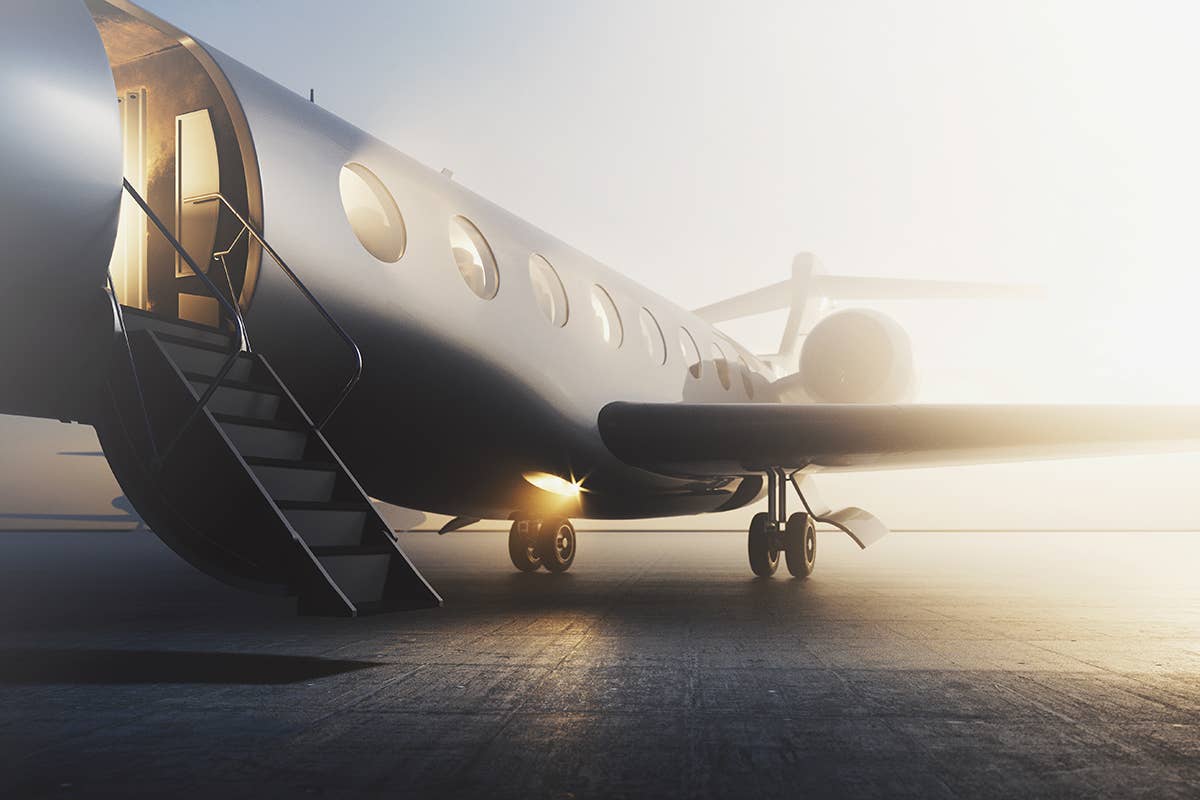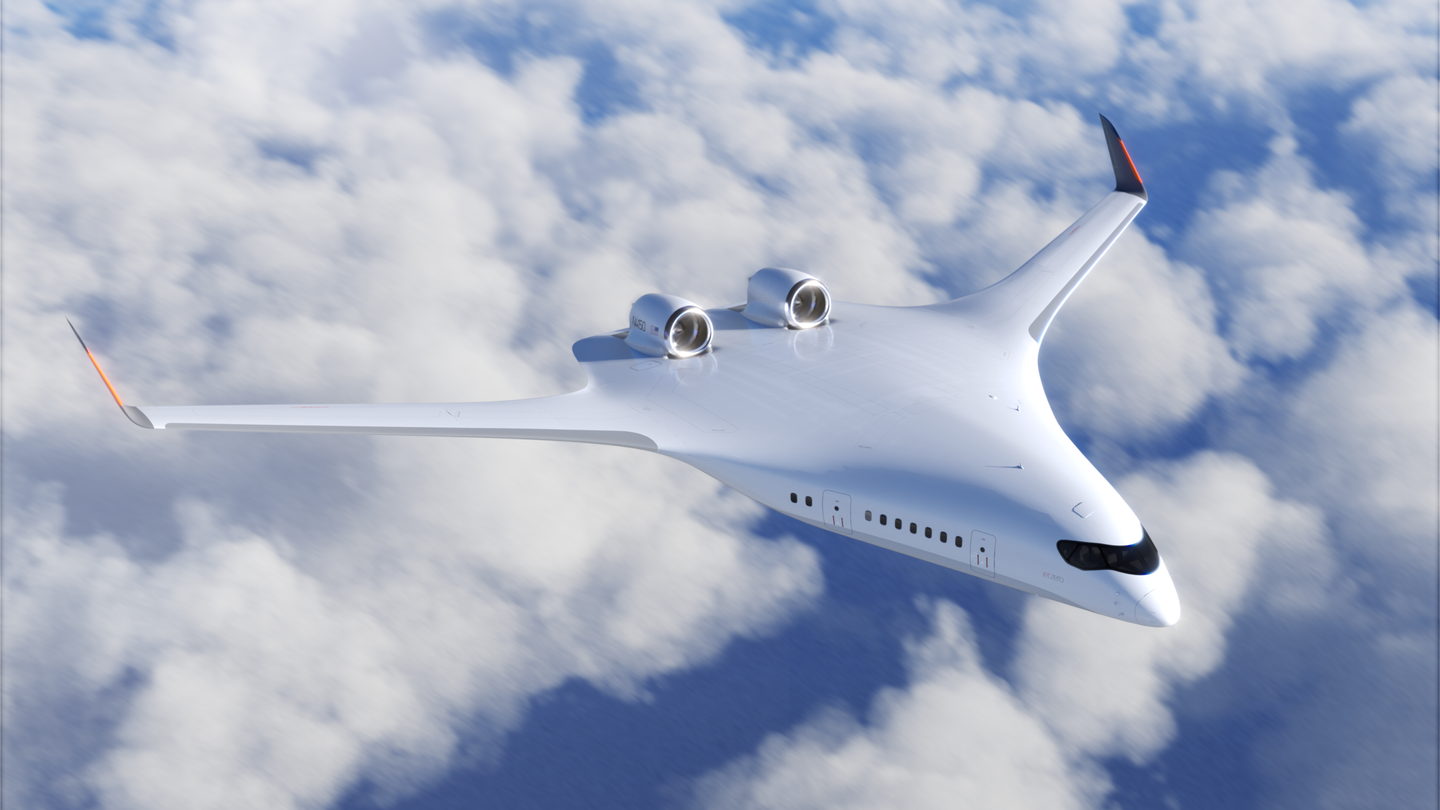
The FAA forecasts a steady, continued growth for most of the aviation industry, even as airlines face the dilemma of increasing oil prices and labor costs. Pixabay
From commercial airlines to drone enthusiasts, almost every aspect of air transportation is expected to experience continued growth over the next 20 years. According to the FAA's annual Aerospace Forecast Report Fiscal Years 2017 to 2037, growing U.S. and world economies offer every indication that demand for air travel and aviation will continue to increase, as the agency also similarly forecast in 2016.
For the seventh consecutive year, the U.S. airline industry was profitable, culminating in record profits in 2016. Previous reports, however, have indicated that 2017 might prove to be the peak of such profit bliss, but the FAA forecasts that increasing demand for air travel will help cushion the blow of a number of profit-killing factors, including political unrest, rising oil prices and labor costs, the uncertainty of Brexit's impact, and recession. Additionally, airlines and manufacturers are adding more seats to planes — a controversial subject — which, when coupled with anticipated higher ticket prices, should help offset such factors.
The largest growth is expected to occur in the use of Unmanned Aircraft Systems. Over the next five years, the FAA forecasts the hobbyist UAS fleet to increase from 1.1 million units to approximately 3.5 million. The commercial UAS fleet could also experience a huge boom over the same period, jumping from 42,000 to 442,000 drones. The number of drone pilots would subsequently rise by as many as 20 times the 20,000 pilots counted at the end of 2016. The FAA notes, however, that predicting the future of UAS is a more difficult task due to the “quickly evolving market” and the public’s ability to adapt to the technology, as well as regulations.
While the drone fleet could expand considerably, the general aviation fleet’s size will experience a much subtler growth of just 0.1 percent per year. In all, approximately 3,400 new GA aircraft will be added by 2037. However, the forecast suggests bad news for fixed-wing piston aircraft, which will shrink by 17,500 airplanes over this span. That decline will be offset by increases in turbine, rotocraft and experimental aircraft.

Sign-up for newsletters & special offers!
Get the latest FLYING stories & special offers delivered directly to your inbox






